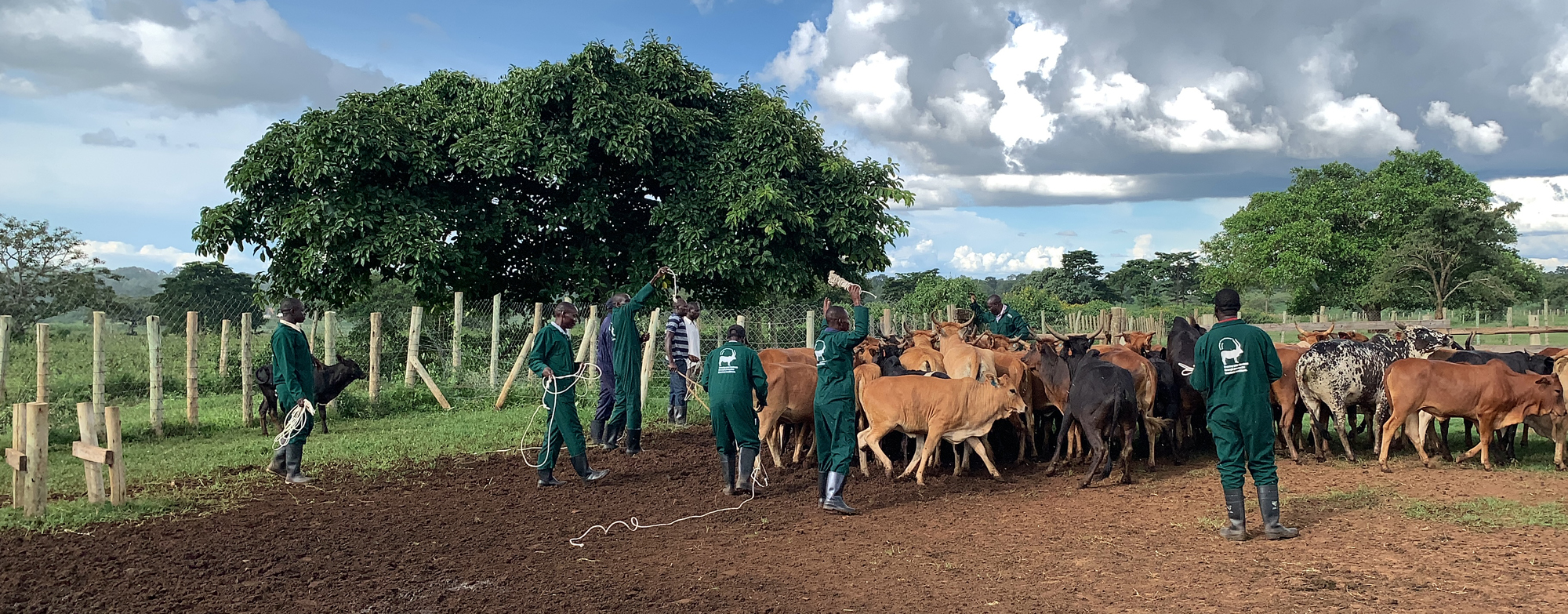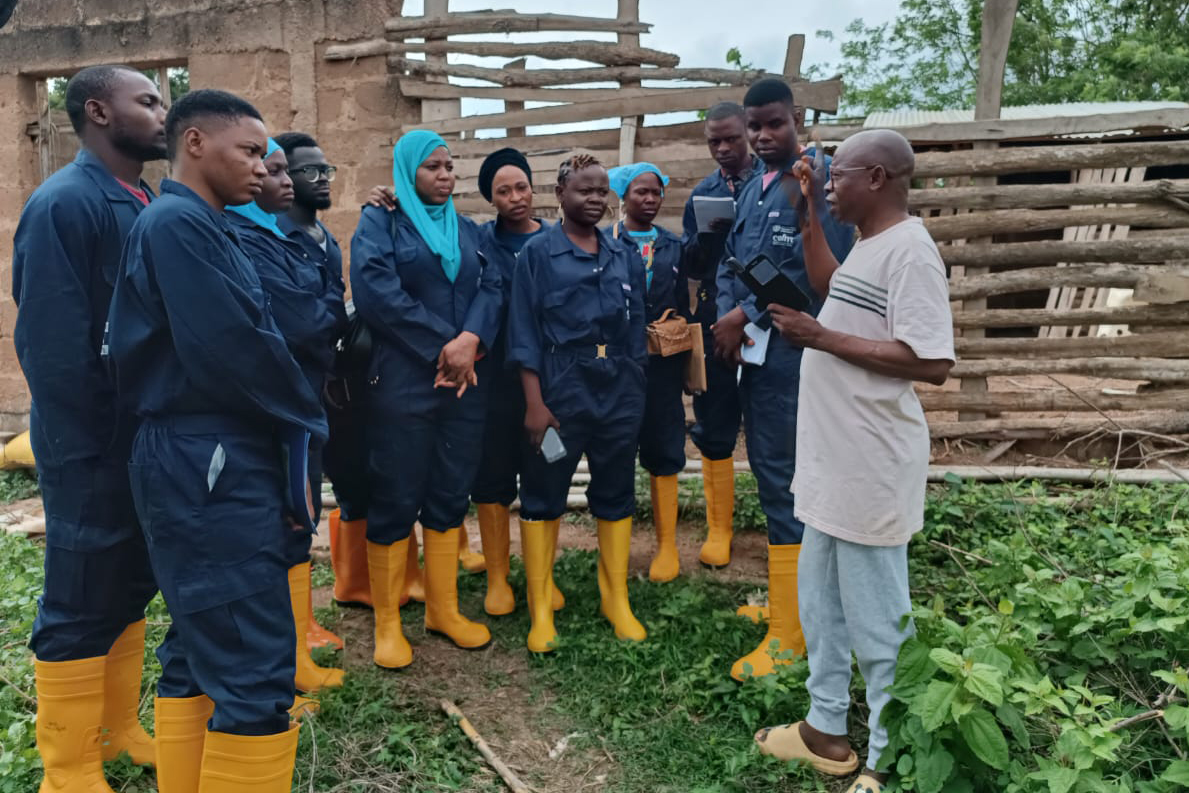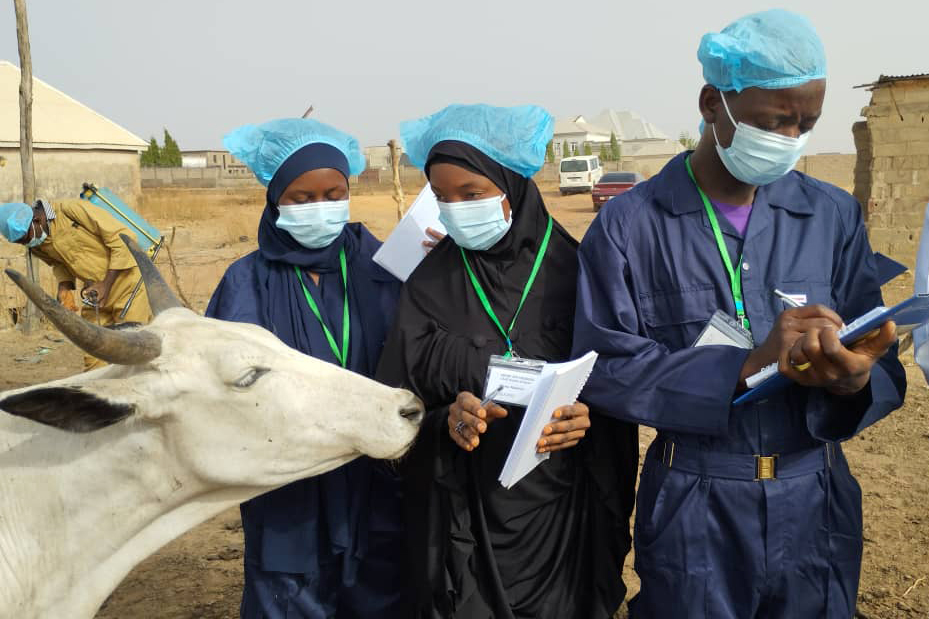
Strengthening smallholder farmer access to livestock services
Increasing demand for livestock-based products means a growing demand for primary animal health services. However, the number of veterinarians across sub-Saharan Africa remains low, which has led to a gap in service provision. Veterinary paraprofessionals (VPP) and community animal health workers can play a vital role in filling this gap by providing services to boost livestock health and productivity.
The contribution of these paraprofessionals is invaluable, and without them many rural communities would lack access to animal health services, leading to significant economic, social, and public health impacts. They can also contribute to preventing zoonotic diseases, protecting public health, reducing the use of antimicrobials, and promoting sustainable livestock production practices that benefit the environment.
What challenges do Veterinary Paraprofessionals and community animal health workers face?
- Gaps in initial training, in particular business skills.
- Lack of continuous professional development opportunities.
- Unclear legal frameworks in some countries which can lead to tension with the veterinary profession.
- Gaps in the regulation of the animal health sector, resulting in competition from unqualified service providers, and unregulated markets for veterinary medicinal products.
- Threats to a sustainable business model for private sector service providers. For example, weak supply chains in veterinary medicinal products, competition from projects or governments providing free ad hoc services.


How does FAO improve farmers’ access to quality livestock services?
- Strengthening the capacity of primary level service providers through continuous professional development.
- Addressing key bottle necks in the environment in which they operate.
Gender-sensitive programming is an essential component. Women VPPs are instrumental in serving the 60 percent of poor smallholder livestock farmers who are women and often lack direct contact with frontline animal health professionals. FAO is prioritizing women’s access to animal health services through the promotion of gender sensitive service delivery and the empowerment of women VPPs.
FAO is piloting a model for sustainable service delivery through VPPs, which is structured around three key pillars:
Development of a supportive environment: establishment of multistakeholder platforms in support of primary level livestock services. These platforms bring together key stakeholders from the public and private sectors in order to identify key bottlenecks within each country and develop tailored solutions.
Competency recognition: through the establishment of country tailored veterinary paraprofessional competency frameworks which build on the WOAH guidelines to incorporate business skills, One Health and gender dimensions.
Continuous Professional Development: development and delivery of blended training packages focusing on VPP skill gaps: business skills and preventive healthcare approaches. Mobile-first online training delivered through the FAO Virtual Learning Centres and workshops led by local training partners.
Core to the model is a mind-set switch from ‘fire-fighter treatment of sick animals’ to developing a holistic set of service packages focussed on prevention of disease and improved productivity: such as vaccination, biosecurity plans, control of parasites, nutritional advice and sales, reproduction services etc. This approach strengthens farmers livelihoods under a One Health framework.
⦿ Rural women represent 2/3 of low income livestock farmers. However, only 5 percent of extension services reach women.
⦿ Women VPPs are critical channels to reach female farmers - but they also face discrimination and sexual harassment.



